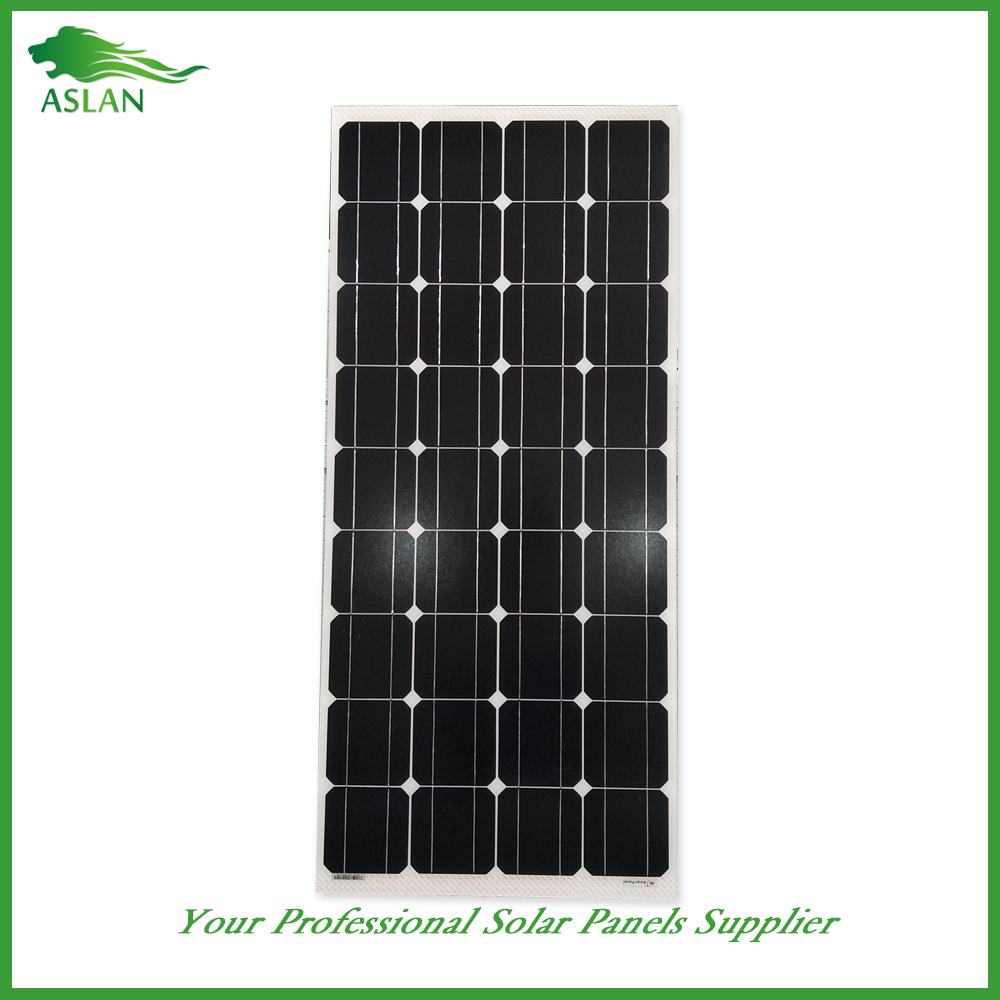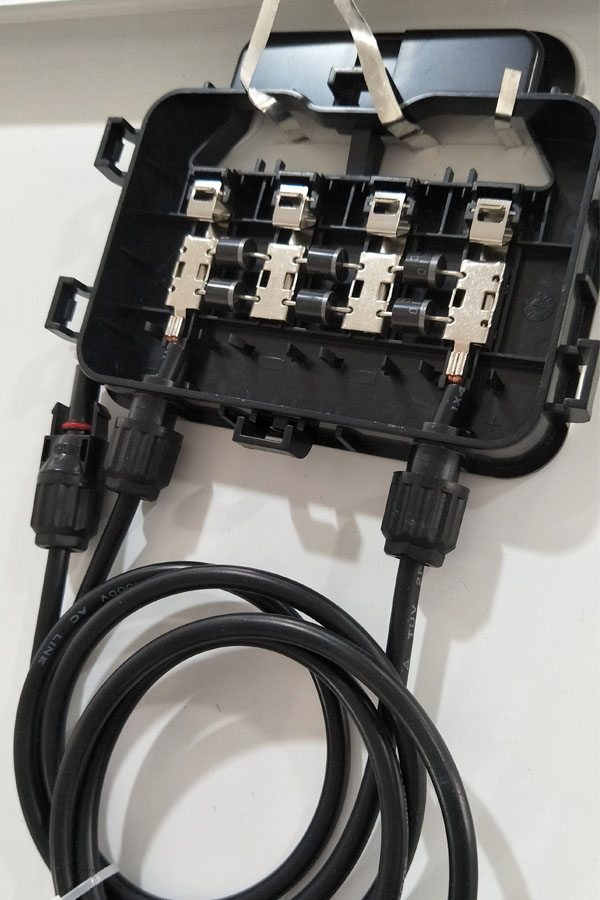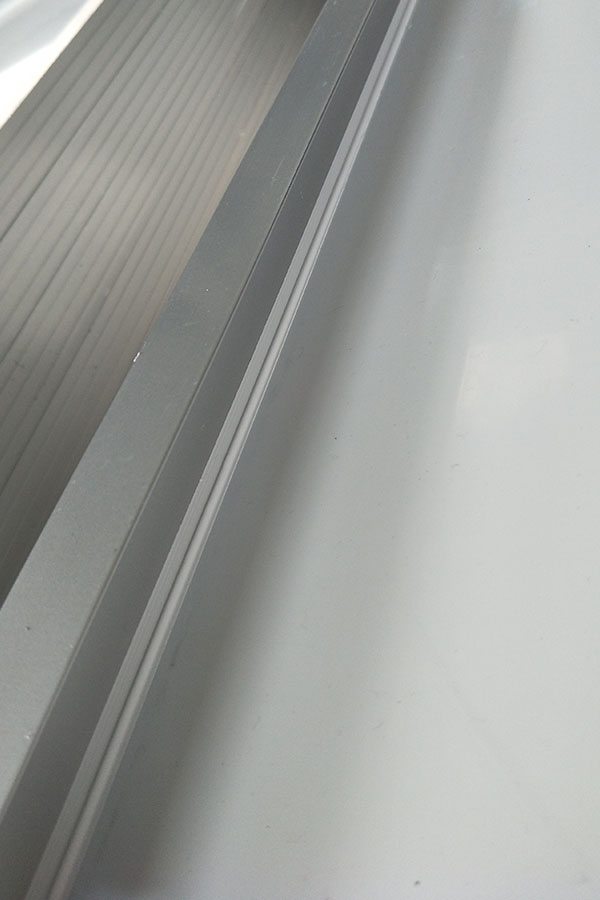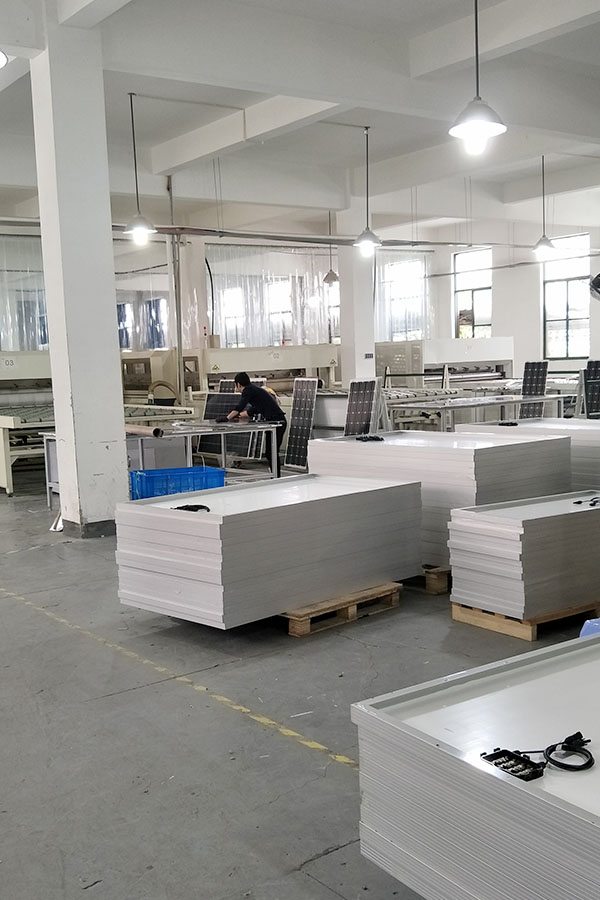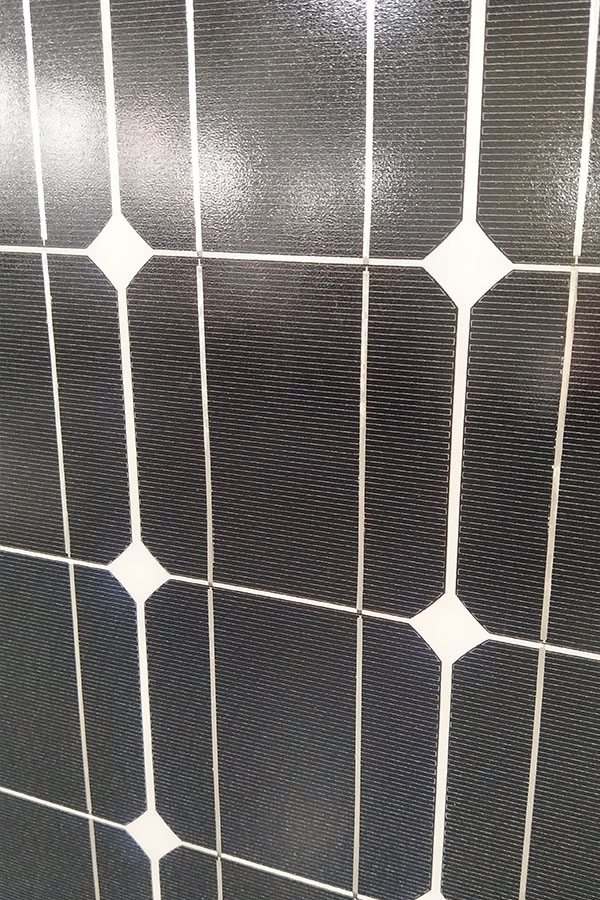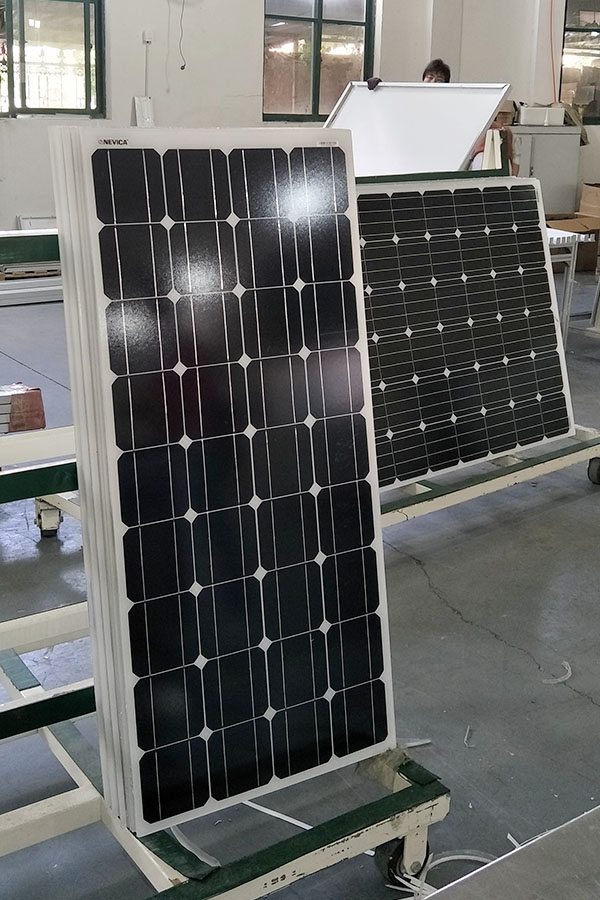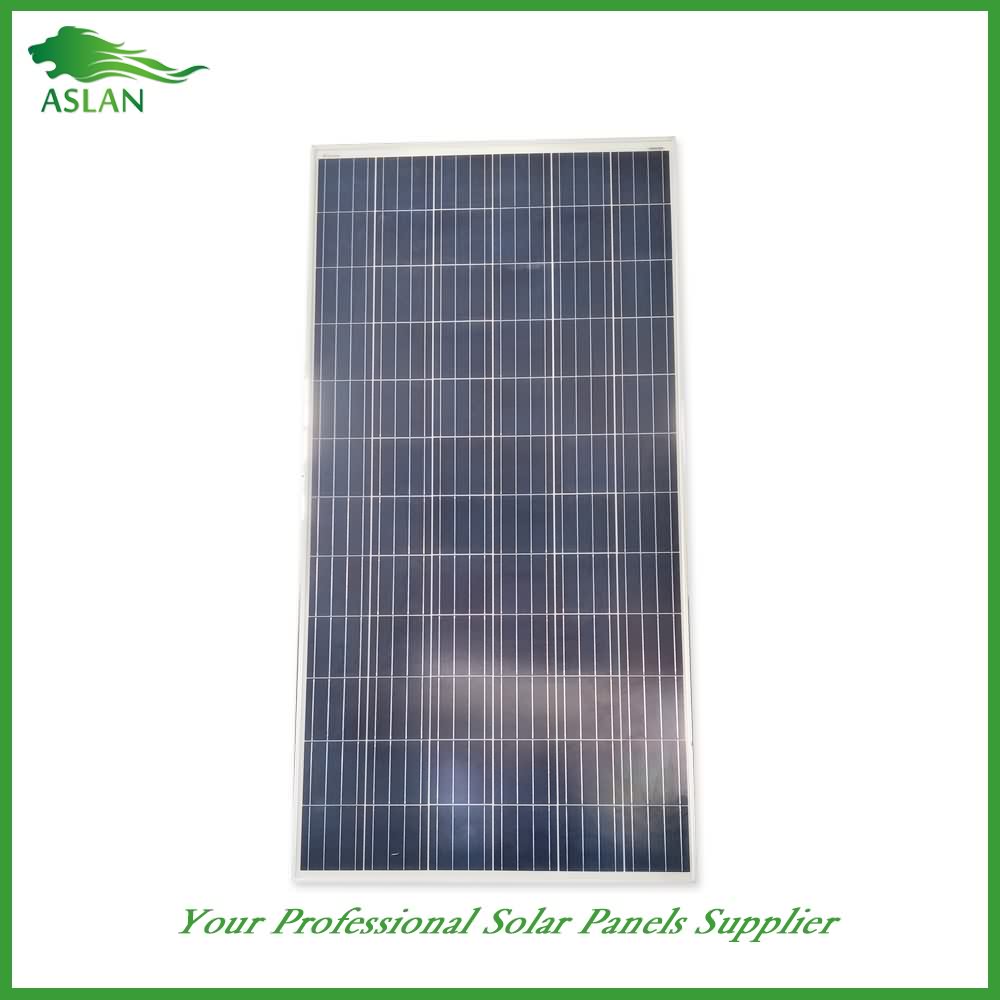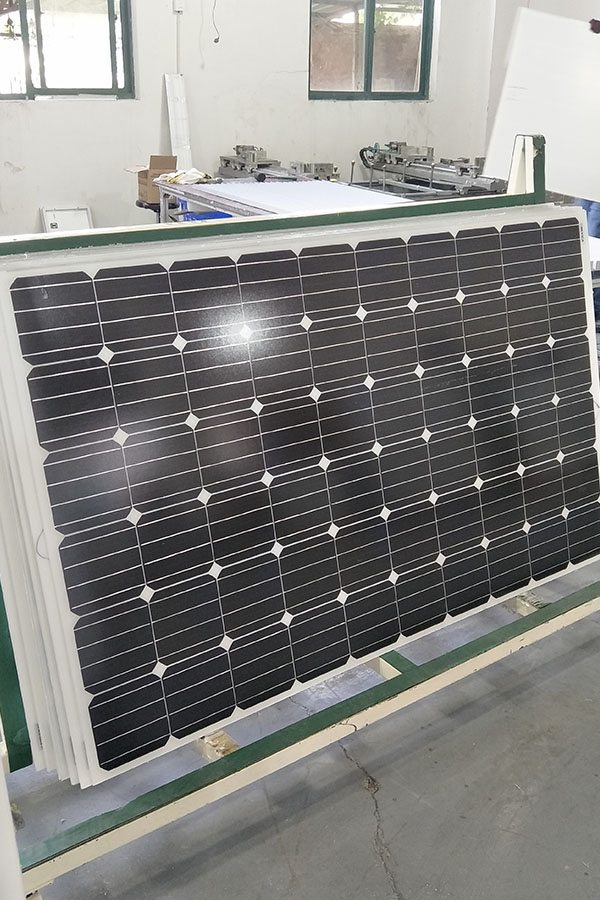Manufacturing Companies for Mono-Crystalline 150W Solar Panel to Hanover Importers
Short Description:
We always continually provide you with the most conscientious customer service, and the widest variety of designs and styles with finest materials. These efforts include the availability of customized designs with speed and dispatch for Manufacturing Companies for Mono-Crystalline 150W Solar Panel to Hanover Importers, Welcoming interested companies to cooperate with us, we look forward to having the opportunity of working with companies around the world for joint growth and mutual success.
Mono-Crystalline 150W Solar Panel
Technical parameter
Maximum Power(W) 150W
Optimum Power Voltage(Vmp) 17.92V
Optimum Operating Current(Imp) 7.83A
Open Circuit Voltage(Voc) 21.86V
Short Circuit Current(Isc) 8.59A
Mechanical Characteristics
Cell Type Monocrystalline 156x156mm (6 inch)
No of Cell 36 (4x9pcs)
Dimensions 1485x668x35mm
Weight 11.6KGS
Front Glass 3.2mm,High Transmission, Low Iron,Tempered Glass
Junction box IP65 Rated
Output Cable TUV 1×4.0mm2/UL12AWG,Length:900mm
Temperature and Coefficients
Operating Temperature(°C): -40°C ~ + 85°C
Maximum System Voltage: 600V(UL)/1000V(IEC) DC
Maximum Rated Current Series: 15A
Temperature Coefficients of Pmax: -0.435%
Temperature Coefficients of Voc: -0.35%
Temperature Coefficients of Isc: 0.043%
Nominal Operationg Cell Temperature (NOCT): 47+/-2°C
Materials of solar panel
1).Solar Cell——Mono-crystalline solar cell 156*156mm
2).Front Glass——-3.2mm, high transmission, low iron, tempered glass
3).EVA——-excellent anti-aging EVA
4).TPT——-TPT hot seal made of flame resistance
5).Frame——anodized aluminum profile
6).Junction Box——-IP65 rated, high quality, with diode protection
Superiority: high quality anodized aluminum frame, high efficiency long life, easy installation, strong wind resistance, strong hail resistance.
Features
1. High cell efficiency with quality silicon materials for long term output stability
2. Strictly quality control ensure the stability and reliability, totally 23 QC procedures
3. High transmittance low iron tempered glass with enhanced stiffness and impact resistance
4. Both Polycrystalline and Mono-crystalline
5. Excellent performance in harsh weather
6. Outstanding electrical performance under high temperature and low irradiance
Quality assurance testing
Thermal cycling test
Thermal shock test
Thermal/Freezing and high humidity cycling test
Electrical isolation test
Hail impact test
Mechanical, wind and twist loading test
Salt mist test
Light and water-exposure test
Moist carbon dioxide/sulphur dioxide
In this video I will investigate and present some information that helps to understand the on-going investigation into Chinese solar panel dumping in the US.
http://land-water-air-space-vehicles-crafts.blogspot.ca/2016/02/how-to-calculate-battery-charging-time.html
How to Calculate Battery Charging Time via Solar Panel
Given:
Kia Sportage 12 Volt Car Battery 60 AH (ampere-hour) capacity
ALLPOWERS solar charger 18 volts, 7.5 watts, 0.4 amperes max
Mono-crystalline silicon panel
* No-load voltage: 18-23VDC
* Load voltage: 18V
* Output current: 270-410 mAh (0.27A-0.4A)
* Size: 320 x 128 x 4mm / 12.6 * 5.0 * 0.12 inch
* Weight:0.323 kg / 11.4oz
Attention:
Unplug the charger at night, for it needs sunlight to charge devices
FACTORS AFFECTING BATTERY CHARGING TIME
- Battery state: the more the battery is discharged, the longer it takes to charge
- Battery rating: the more the battery AH capacity, the longer the charging time
- Charging rate: this is the Ampere rating of the charger (output current)
- Sun intensity: the clearer, brighter sky, the more voltage and more amperes from the sun
- Sun hours: amount of hours of sunlight during the day of the geographic location
- Charger efficiency: for mono-crystalline solar chargers, 85-90%
- Temperature: Colder temperatures means longer charging time
Assumptions:
Sun hours: 4 hours, average cloudy day
Location coordinates: Latitude = 48 N, Longitude = 123 W
Charging rate: average output current = (0.27A + 0.4A)/2 = 0.33 amps
Charger efficiency: 85%
Battery state of charge: 50%
12 Volt Battery State of Charge:
Volts — % Charged
12.6 —- 100 %
12.5 —- 90 %
12.4 —- 80 %
12.3 —- 70 %
12.2 —- 60 %
12.0 —- 50 %
11.9 —- 40 %
11.8 —- 30 %
11.6 —- 20 %
11.3 —- 10 %
10.5 —- 0 %
CHARGE TIME CALCULATION
Step 1: Calculate Average Daily Ampere-Hour of Charger
Ave Daily Ah = Ave Charging rate x Sun hours x Charger efficiency
Ave Daily Ah = 0.33 Amps x ( 4 hours/day ) x 0.85
Ave Daily Ah = 1 Ah/day
Step 2: Calculate Battery Capacity Energy Top Up Amount
Battery Top Up Amount = Battery Capacity x State of Charge
Battery Top Up Amount = 60 Ah x 50%
Battery Top Up Amount = 30 Ah
Step 3: Calculate Battery Charging Time
Battery Charging Time = Battery Top Up Amount/Ave Daily Ah
Battery Charging Time = 30 Ah/1 Ah per day
Battery Charging Time = 30 days (1 month)
